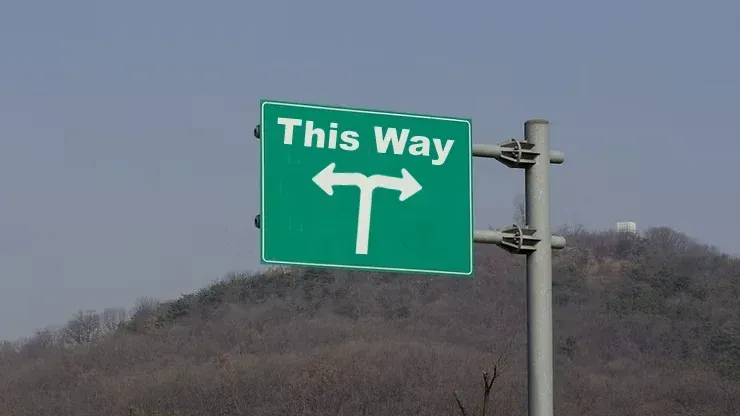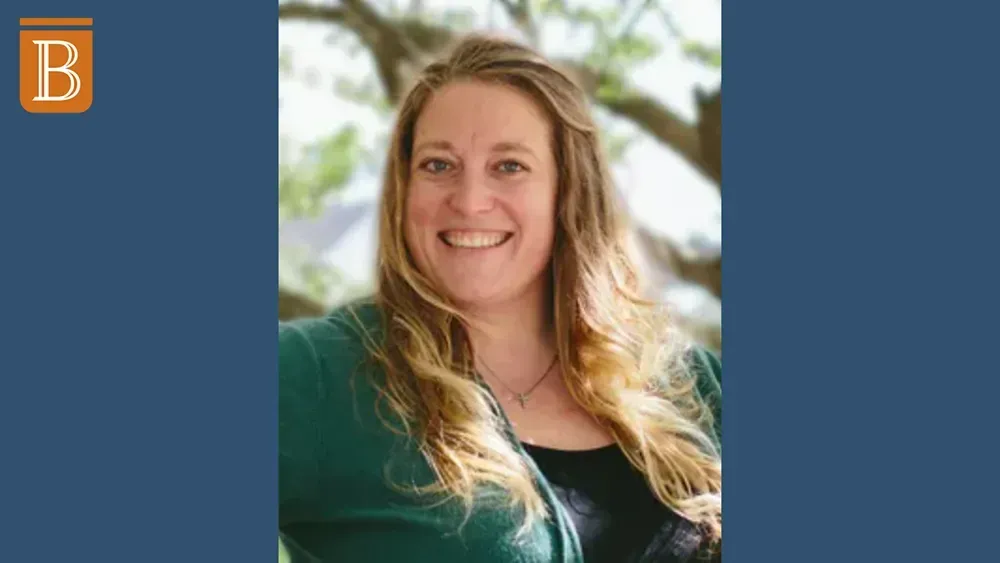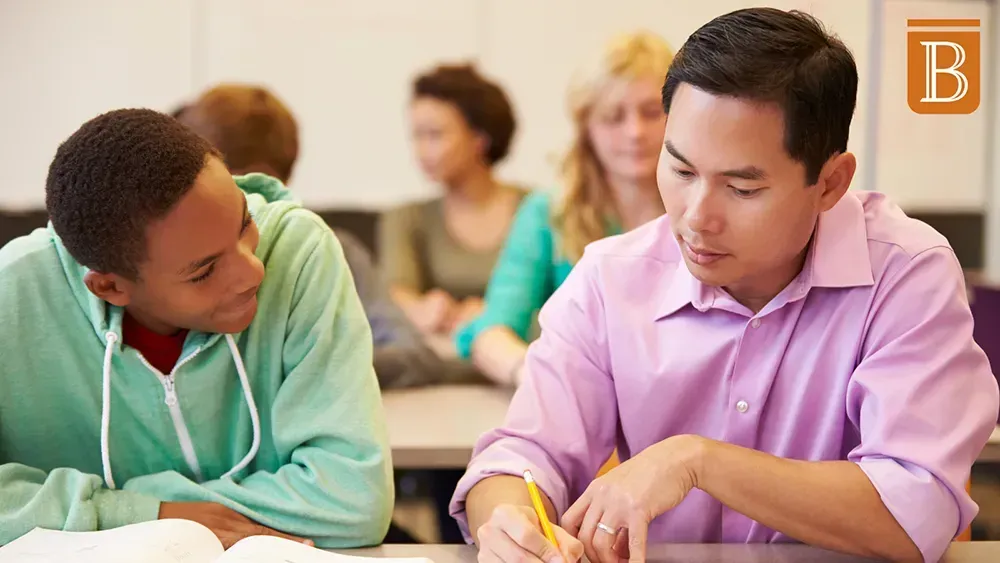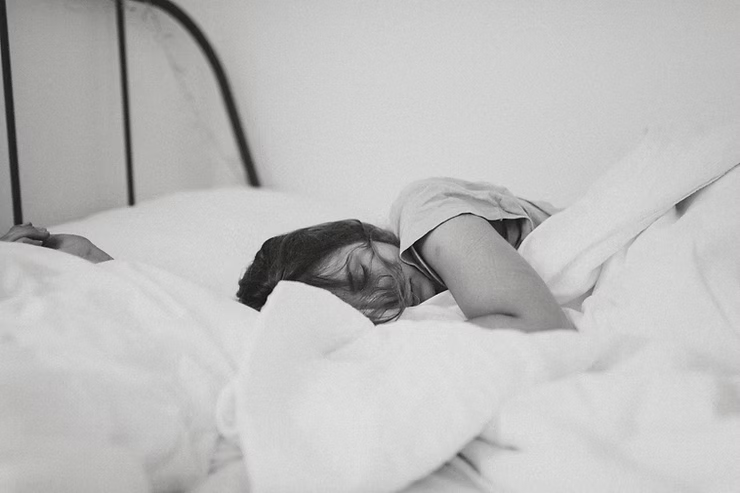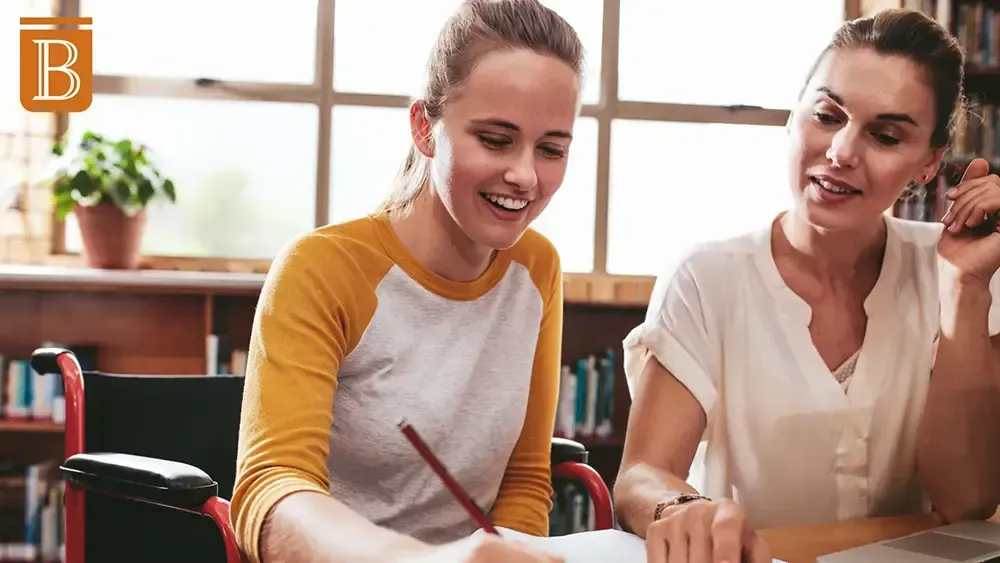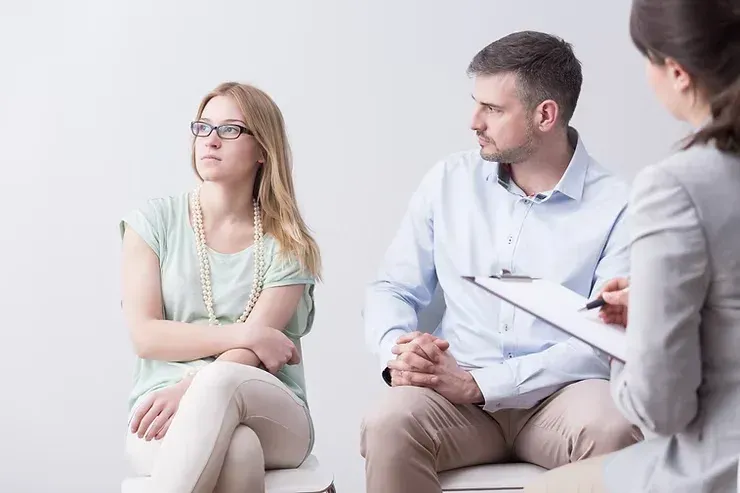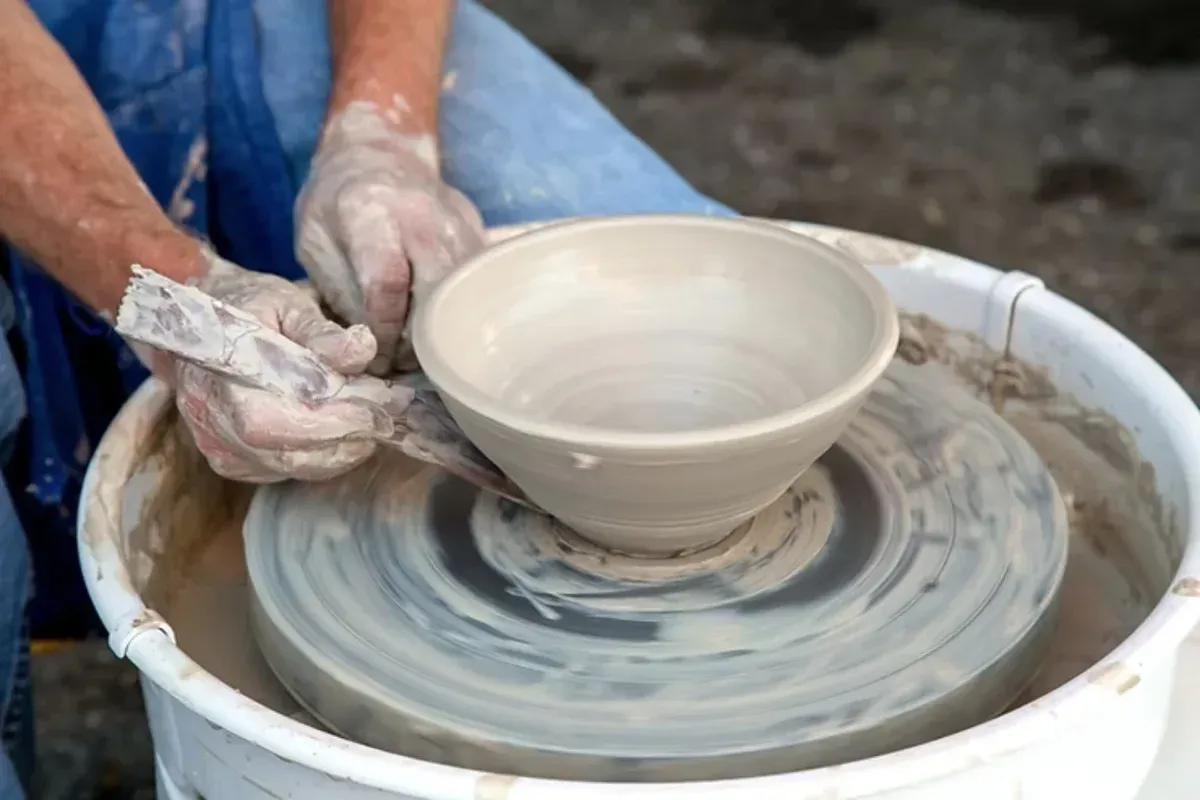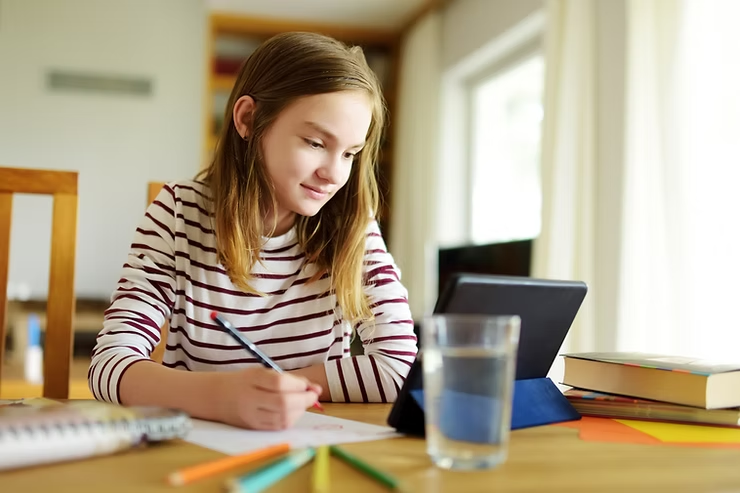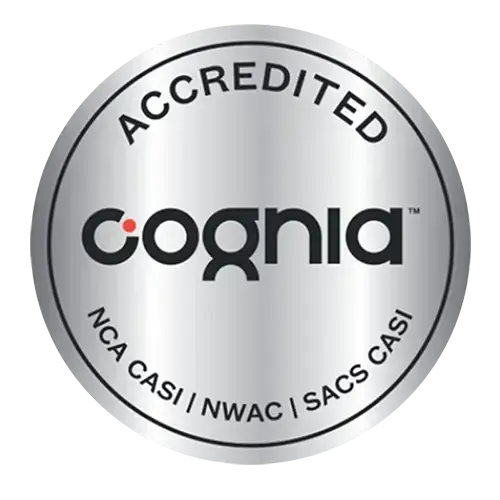Art Therapy: Complimentary Treatment for Adolescent Self-Injury
Self-injury in adolescents is receiving increased attention in the media and across the mental health field. These incidents are unfortunately common among adolescents and, as the data shows us, increasingly so. Yet, we are systemically under-resourced to meet the obvious and growing need.
Adolescents throughout the country are boarding in hospital emergency rooms as they wait for space to open in more appropriate settings to begin to address the root-cause of the event, such as in-patient treatment facilities. I’m sure this is scary to hear, to think about, to envision your own child in the shoes of an in-crisis adolescent.
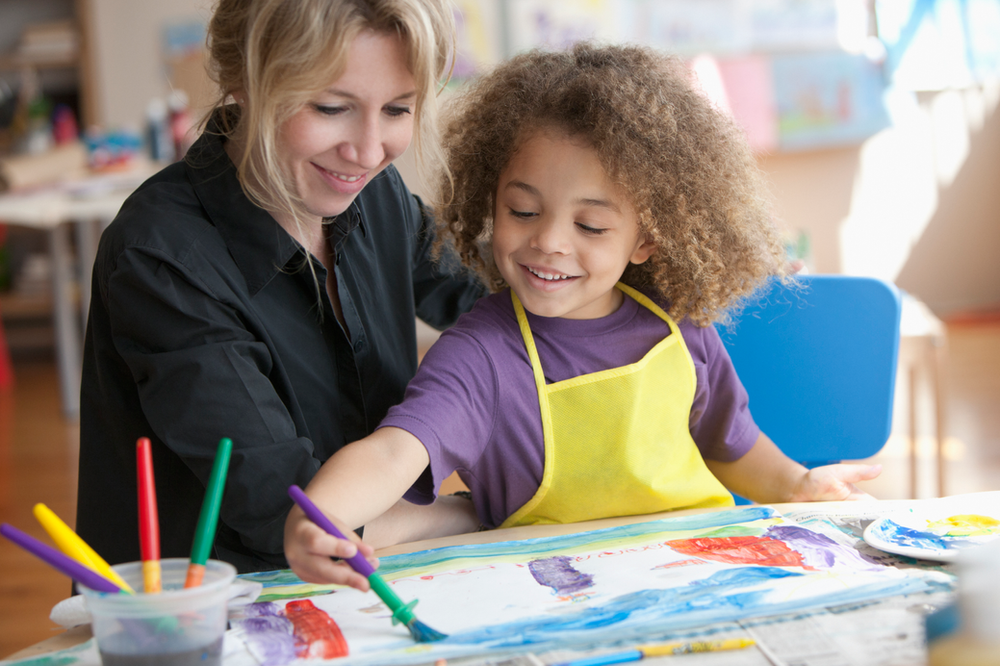
Often the short-term treatment environment is insufficient. Adolescents subsequently experience a relapse in symptoms and end up hospitalized once again. According to the Centers for Disease Control and Prevention, “while the causes of [self-harm] can vary, prevention strategies share two goals: to reduce factors that increase risk and to increase factors that promote resilience or coping.”
At their core, incidences of self-harm are the result of an attempt to find an outlet for an overwhelming feeling, or set of feelings, particularly prevalent among those experiencing depression, anxiety, and suicidal thoughts.
We as providers seek to support our patient’s journey to reduce and avoid risk factors and increase resilience and coping skills. While traditional talk-therapy can help a patient be more mindful about avoiding environments containing risk factors once they leave the office, life happens. It isn’t possible to control every aspect of normal life, nor reasonable to expect that you can. In my experience it is more powerful to build a strong toolkit of resilience and coping techniques. My favorite among them is art therapy.
Art therapy uses creative expression to promote mental, physical, and emotional well-being. This treatment modality is established in the belief that the artistic process itself is a unique therapeutic channel. It does not require artistic talent, as the focus is not on the product itself but the ability of the individual to connect to internal feelings and create positive, supportive outlets throughout the creative process.
Using art therapy as a complementary treatment for those at-risk of self-harm merges artistic approaches with strategies that help reduce intrusive thoughts and decrease risk of self-harm. By having individuals engage in sensory art forms such as sculpting, clay formation, printmaking, painting, and making collages, self-harming behavior can be replaced with a more productive outlet. This positive association can then transcend into other concepts such as art as a form of socialization or boosting self-esteem.
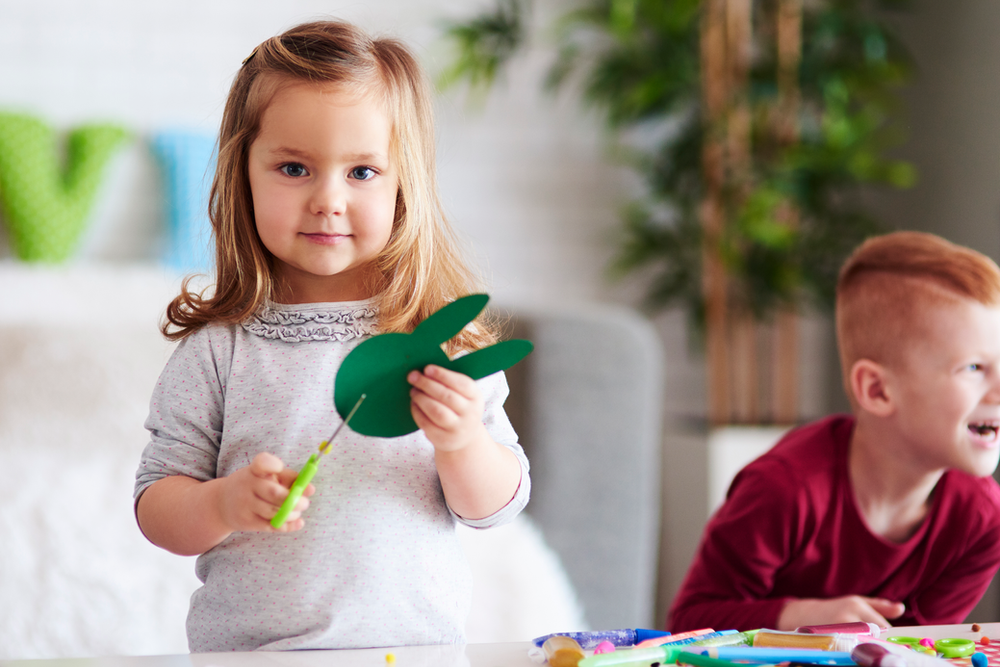
Art therapy can enhance an individual’s treatment journey by providing safe ways of exploring overwhelming and inexplainable internal emotions in a safe, external space. It can provide something concrete and manageable during a time of unpredictable transition and growth, which is most often occurs during adolescence. Utilizing the brain’s natural creative instincts and ability to support emotional distress, can allow us ways to “balance out” our often-heavy use of logic when looking to manage a problem. By inserting the use of art into treatment or even at home, at school, or in the community, we are supporting adolescents as they discover what it means to feel, cope, and let go of harmful thoughts and feelings.
(In Deer Valley, Arizona and a few other campuses Brightmont offers a group art class for students.)
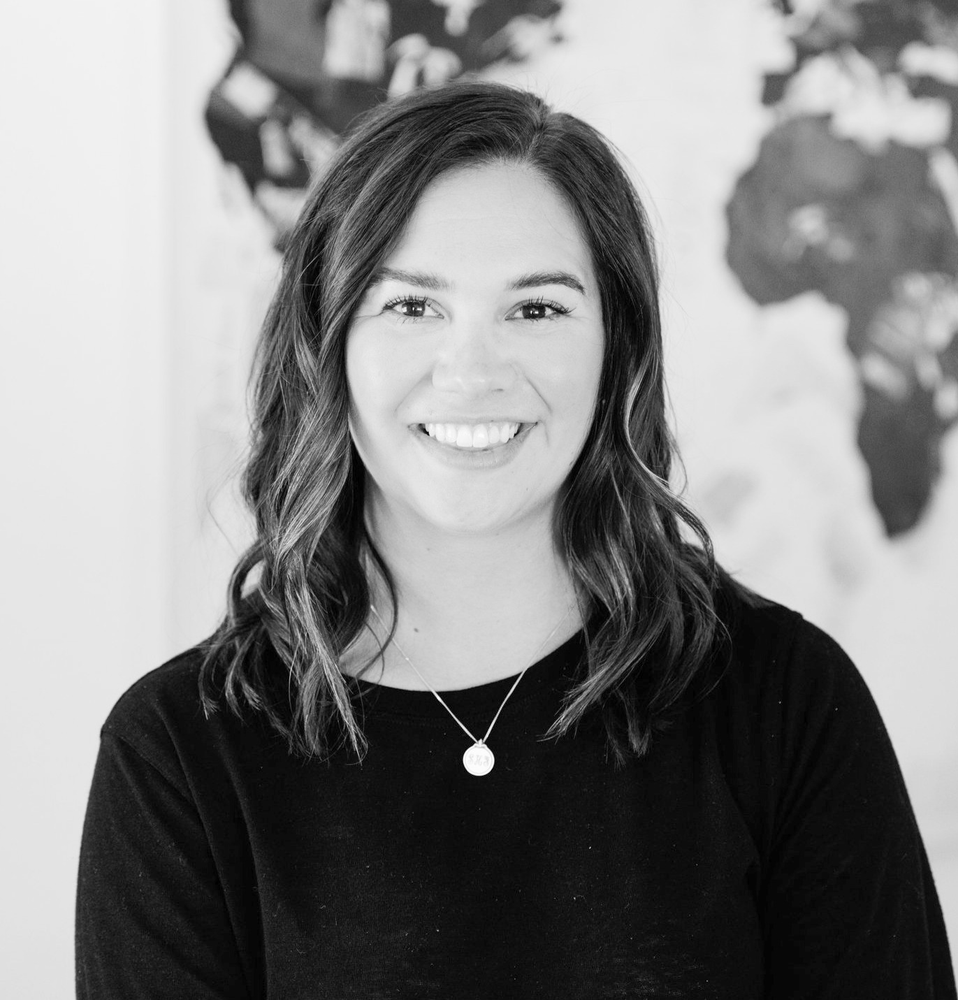
Marina is a licensed professional counselor and board certified art therapist.
LPC is Licensed Professional Counselor, and it means she has completed all the academic and clinical expectations to provide mental health counseling services (specifically in Arizona, Massachusetts, Vermont, and Pennsylvania.
CCTSI is Certified Clinical Trauma Specialist for Individuals and means she is able to provide trauma-informed care to individual patients. RYT is Registered Yoga Teacher and means she has completed 200 hours’ worth of requirements to understand and instruct yogic practices.
More Blog Posts + News

